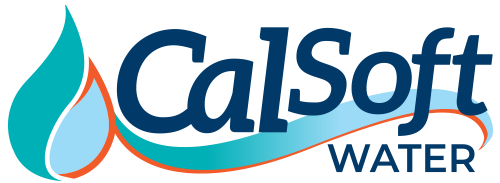Water is undoubtedly one of the most crucial elements for sustaining life. Whether it’s for drinking, cooking, or other household uses, water quality matters. When it comes to purified water, two common methods often come to mind: reverse osmosis and distilled water. While both processes aim to remove impurities, they have distinct differences that can impact their suitability for various purposes.
Here, we’ll take a closer look at the differences between reverse osmosis vs. distilled water. With this information, you’ll be better equipped to make informed choices about your own water purification needs.
Reverse Osmosis: Filtering at the Molecular Level
Reverse osmosis is a water purification process that uses a semi-permeable membrane to remove ions, molecules, and larger particles from drinking water. In this process, water is pushed through the membrane, leaving contaminants behind. RO systems are highly effective at removing a wide range of impurities. These include dissolved solids, heavy metals, bacteria, and viruses.
Key Characteristics of Reverse Osmosis Water:
- Purity: Reverse osmosis systems can eliminate up to 99% of contaminants, ensuring exceptionally pure water.
- Mineral Removal: While effective at removing harmful contaminants, RO systems also filter out minerals, such as calcium and magnesium.
Distilled Water: Pure Vapor Condensation
Distillation is a process that involves boiling water and then condensing the steam back into liquid form, leaving impurities behind. It’s one of the oldest methods of water purification and is known for its ability to produce highly pure water.
Key Characteristics of Distilled Water:
- Purity: Distillation removes nearly all impurities from water, including minerals, bacteria, and contaminants with higher boiling points than water.
- Mineral Removal: Similar to reverse osmosis, distillation also removes minerals from water, resulting in demineralized water.
- Energy Intensive: Distillation requires significant energy input to heat water to its boiling point and then cool and condense the vapor back into liquid form.
Reverse Osmosis vs. Distilled Water: Differences in Applications and Suitability
You’ve likely noticed that reverse osmosis and distilled water do have some similarities, mainly in terms of purifying water and removing minerals. Beyond that, however, these two systems have several differences that impact how the resulting water is used.
- Drinking Water: Both reverse osmosis and distilled water can provide safe drinking water by removing harmful contaminants. However, some argue that the slight mineral content in RO water may be preferable for taste and health benefits compared to completely demineralized distilled water.
- Medical and Laboratory Use: Distilled water is often preferred in medical and laboratory settings. That’s because absolute purity is crucial for such things as medical devices, laboratory experiments, and pharmaceutical preparations.
- Aquariums and Hydroponics: Reverse osmosis water is commonly used in aquariums and hydroponic systems. Energy-efficient RO systems can provide clean water without minerals that could potentially harm aquatic life or affect nutrient balance in plant growth.
- Cost and Maintenance: Reverse osmosis systems are typically more affordable and easier to maintain. In comparison, distillation units require regular cleaning and energy input for boiling water.
Reverse Osmosis vs. Distilled Water: Which Is Best For Whole-House Water Treatment?
This is actually a trick question. The truth is that neither reverse osmosis nor distilled water systems are preferable for whole-house water treatment. While it IS technically possible to use either option for treating your entire water supply, it’s not very efficient.
Instead, we recommend using a whole-house water filtration unit such as a water softener. This treats all the water entering your home, effectively removing minerals like calcium and magnesium that can wreak havoc throughout your household. Then, for further improvement of drinking water quality, simply install a point-of-use reverse osmosis system. Many homeowners opt for one under the kitchen sink so they have unlimited access to safe, clean water for drinking and cooking.
Find Your Home Water Treatment Solution at CalSoft Water
Making the choice to improve your home’s water quality is a smart decision. But if you’re like most people, you may need some expert help in choosing which water filtration system is best for your specific needs.
At CalSoft Water, we offer some of the best water treatment products and services in the Santa Maria area. From residential water softeners and drinking water systems to soft water delivery and whole house filtration units, we have you covered! Our water treatment experts can help evaluate your water quality needs and household water usage to determine the best system that fits your lifestyle and your budget.
Simply contact us today to get started on the path to better water!

